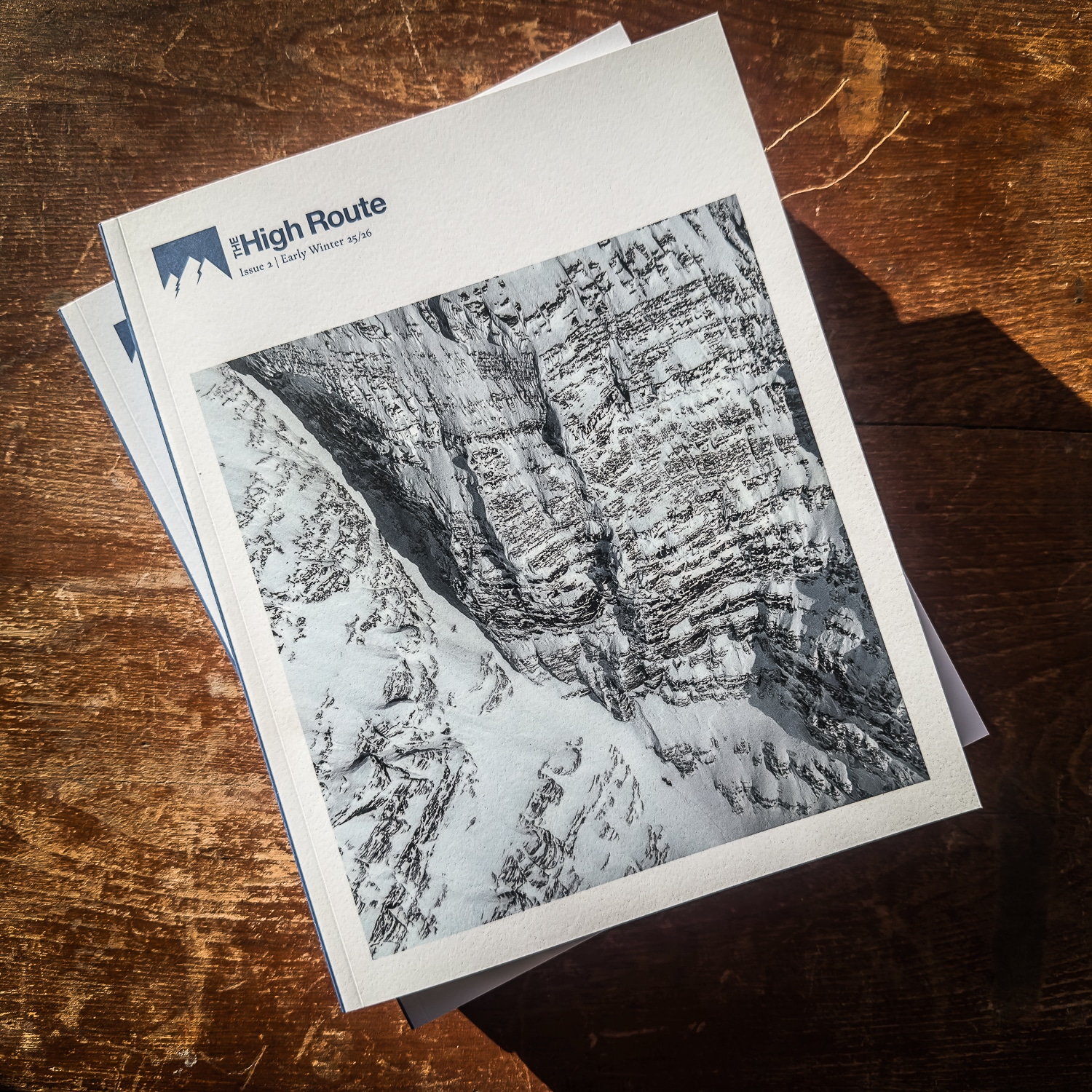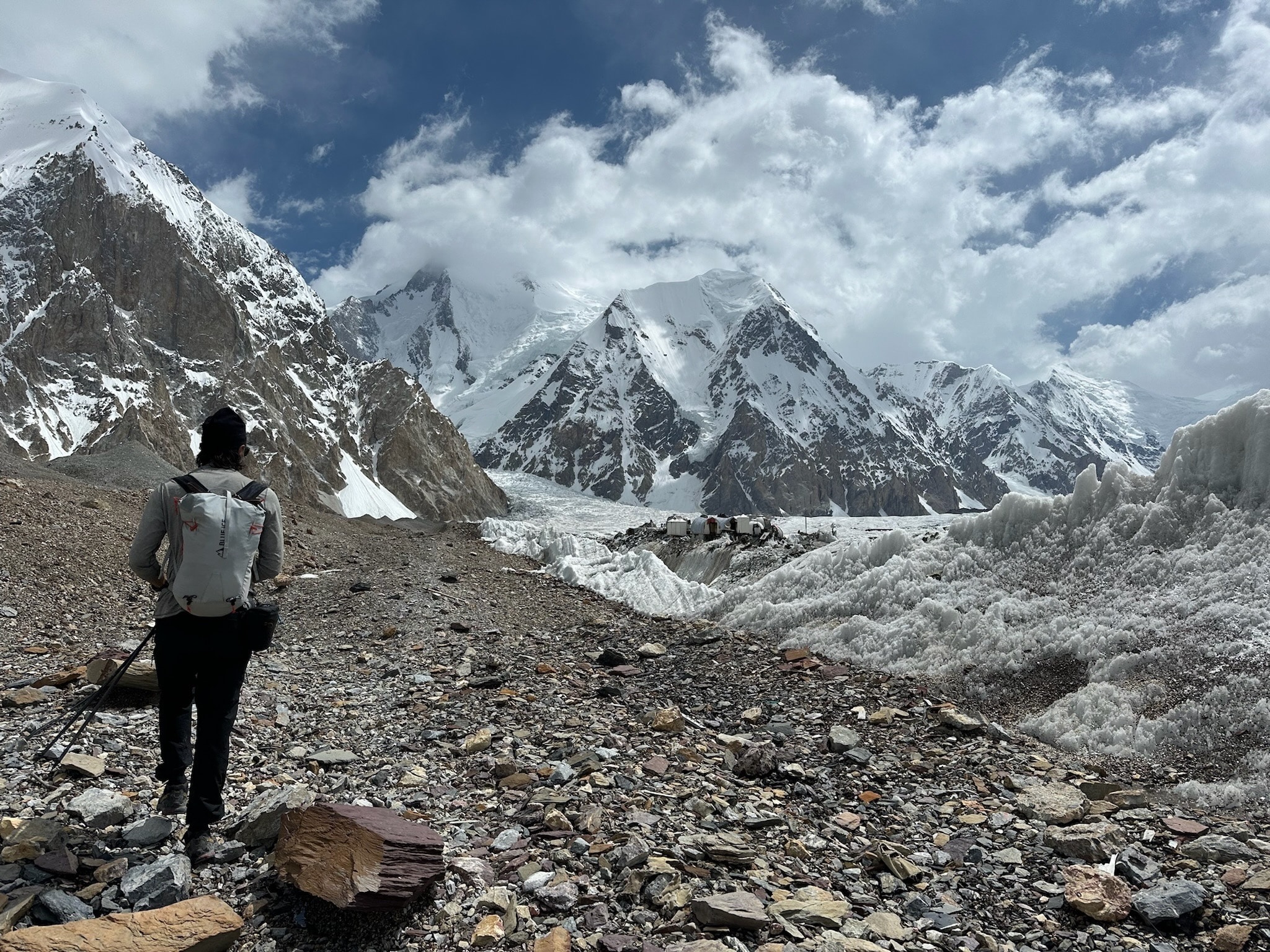It all started in the 90’s. Snowboarding was getting bigger, and so were the airs in the superpipe. And, of course, you looked at these superpipers and wanted to be just like them. Long hair, baggy clothes, bad attitudes, and a wide stance on the snowboard. Positive angle on the front binding, negative angle on the back foot for landing those 540s in the pipe. You had to be ready to ride switch.
These concepts have clung to the snowboard culture to this day. Of course, styles have changed. Superpipe and slopestyle aren’t the only popular means of snowboarding, and I’d like to think the bad boy attitude isn’t as prevalent as it used to be. Despite those changes in snowboard culture, the angles at which we set bindings haven’t changed much in the general population of snowboarders. And, by extension, that applies to splitboarders, too.
Most snowboarders in the backcountry, aside from a few exceptions, don’t ride switch. However, many snowboarders have a positively angled front foot and a negatively angled back foot. Call it duck-footed. This “+” toward the nose and “-” toward the tail is best suited for the folks getting wild in the pipe and park as they have better control when landing that cork 540 or whatever they do to land backward.
Looking forward, not backward, the stance set up by a downhill snowboard racer is quite different than a superpiper’s. Snowboard racers have a double positive stance (double posi) to allow for control at high speeds while carving through gates. They also have aggressive angles set for both their bindings. Chris Klug, who is not pictured below but is a former professional snowboard racer, claims to run a +55-degree front binding and a +48-degree rear. (Both feet point aggressively toward the nose.)






Leave a Reply
You must be logged in to post a comment.